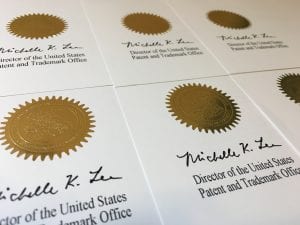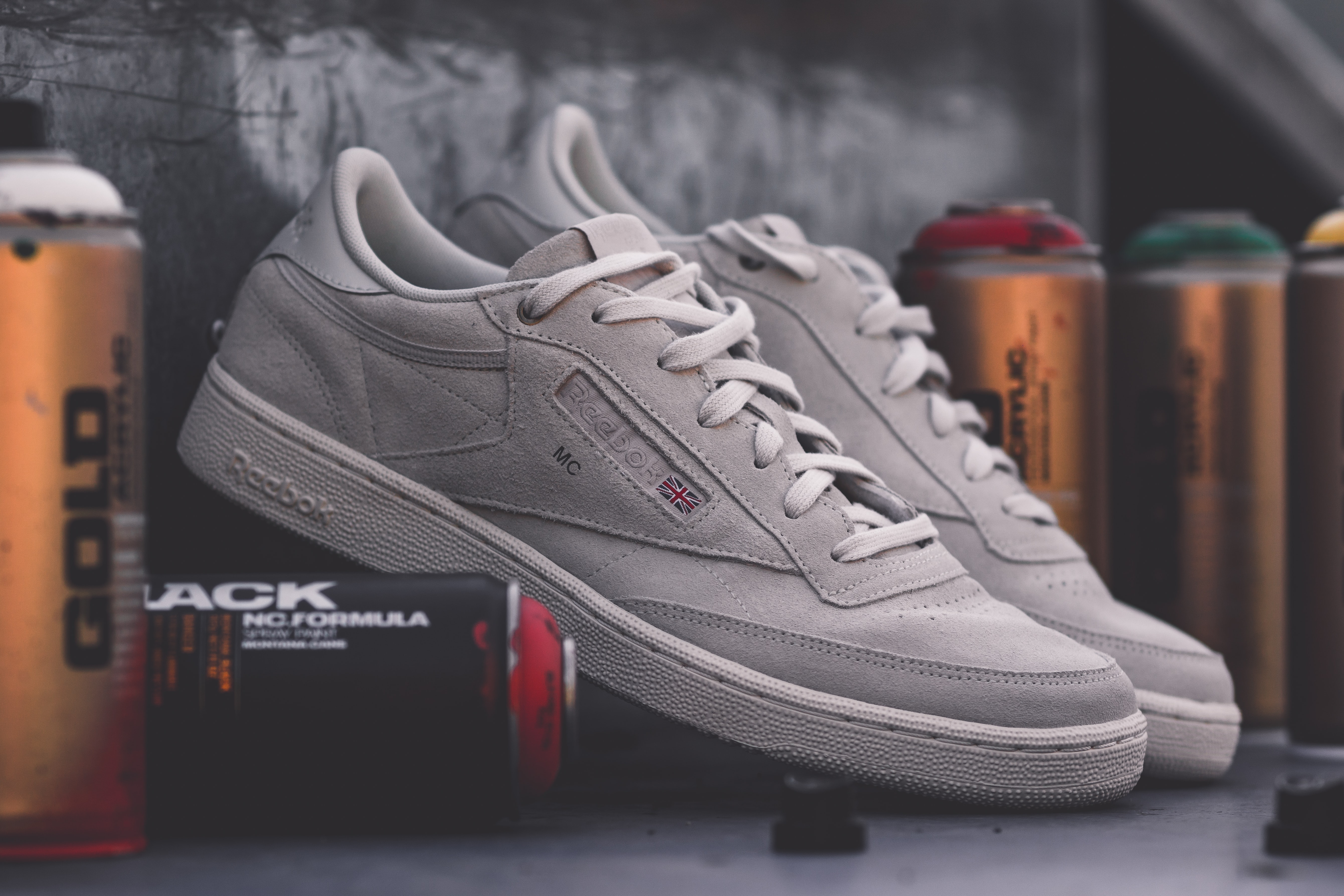Isn’t it clear that the proprietors of our hypothetical BEEBOK shoe selected a name that models the REEBOK name to garner attention?
Imagine walking into the shoe department of a clothing store, looking for your next pair of basketball shoes. Towards the back wall is beautiful Red shoe with the name, “BEEBOK” on it. More interestingly, the word “BEEBOK” is written in precisely the same font as the shoe immediately next to it, which bears the name, “REEBOK”. Very likely, you would at this point find yourself thinking something to the effect of, Well this is strange. Is this shoe made by the same company? Is it just a coincidence that the names on the shoes are so similar? I recognize REEBOK but this BEEBOK company is one that I’ve never heard of before. What is going on here….? This sort of bewilderment on the part of a theoretical customer is precisely what trademark law seeks to prevent; consumer confusion due to excessively similar trademarks used to sell excessively similar products or services. This article will explore the topic of Trademark Infringement in greater detail.
Trademarks are Branding Assets Which Tell a Story
A trademark is a branding anchor, commonly in the form of a name, logo, or slogan, which when used as a branding insignia on a product or service, alerts customers as to the source company which sells the product or service. Seeing “REEBOK” on a shoe enables a customer to understand that he/she is about to purchase a shoe made by the Reebok company and depending on the extent to which the customer favors or disfavors the Reebok company, will either increase or decrease the chances of him purchasing the shoe. In the United States, one can obtain national trademark protection on one’s branding asset/s (name/logo/slogan) by registering the mark, along with the goods/services to be sold under the banner of the mark, with the United States Patent and Trademark Office (USPTO). A registered trademark confers the trademark holder with the sole right to use the mark to brand his goods/services and if a competitor were to sell sufficiently similar goods/services under the same or even sufficiently similar mark, the competitor would be engaging in trademark infringement.

What Qualifies as Trademark Infringement?
As we discussed earlier in this article, trademark infringement boils down to one fundamental question: Is the junior trademark (BEEBOK) so similar to the senior trademark (REEBOK), given what is sold under the banner of both marks, so as to cause a “Likelihood of Confusion”. If the answer is yes, the junior mark is said to have infringed upon the rights of the senior trademark. The astute reader is now surely thinking, ‘how do I know what will or will not cause a Likelihood of confusion’? A very good question indeed. US courts and the Trademark Trial and Appeal Board (TTAB) rely on what is commonly referred to as the Dupont Test to answer this often abstract and challenging question. The Dupont Test was established in the pivotal case, In re E.I. du Pont Nemours & Co., and consists of a series of factors which, when taken in their totality, allows for a meta-analysis of trademark infringement.
The Dupont Factors are:
- The similarity or dissimilarity of the marks in their entireties as to appearance, sound, connotation, and commercial impression.
- The similarity or dissimilarity and nature of the goods described in an application or registration or in connection with which a prior mark is in use.
- The similarity or dissimilarity of established, likely-to-continue trade channels.
- The conditions under which and to whom sales are made, i.e., “impulse” vs. careful, sophisticated purchasing.
- The fame of the prior mark.
- The number and nature of similar marks in use on similar goods.
- The nature and extent of any actual confusion.
- The length of time during and the conditions under which there has been concurrent use without evidence of actual confusion.
- The variety of goods on which a mark is or is not used.
- The market interface between the applicant and the owner of a prior mark.
- The extent to which applicant has a right to exclude others from use of its mark on its goods.
- The extent of potential confusion.
- Any other established fact probative of the effect of use.
While the test places supreme importance on the first two factors in determining Likelihood of Confusion, all of the factors are important and depending on the circumstances of the case, other factors may be more or less probative. In our BEEBOK vs. REEBOK example, the similarities between the marks and goods are of course rather obvious; however, this example also allows us to appreciate the importance of the fifth factor. The Dupont Test cares about the fame of the marks because it presupposes an increased chance of consumer confusion and it highlights the unfairness of permitting a newcomer like BEEBOK to benefit off the hard work and good will earned Reebok, which has invested untold resources and dollars in developing its brand. Develop the Dupont Test correctly and you will be well on your way to mastering the question of trademark infringement.
Trademark Infringement is Usually Intuitive and Obvious
It goes without saying that there are many ambiguous, grey-area cases of trademark infringement whose allegations can and do permit reasonable disagreement and debate. However, in my experience as a trademark attorney, most often the analysis is cut and dried with an outcome that is fairly easy to predict. Isn’t it clear that the proprietors of our hypothetical BEEBOK shoe selected a name that models the REEBOK name to garner attention and trigger mental associations with the Reebok company? Of course. This “Know it When You See It” test is often a powerful and effective substitute for the Dupont Test and should be used at the onset of any trademark infringement analysis. Trademark infringement is serious indeed with potentially huge sums of money at stake. Choose your brand wisely.


Join the conversation!